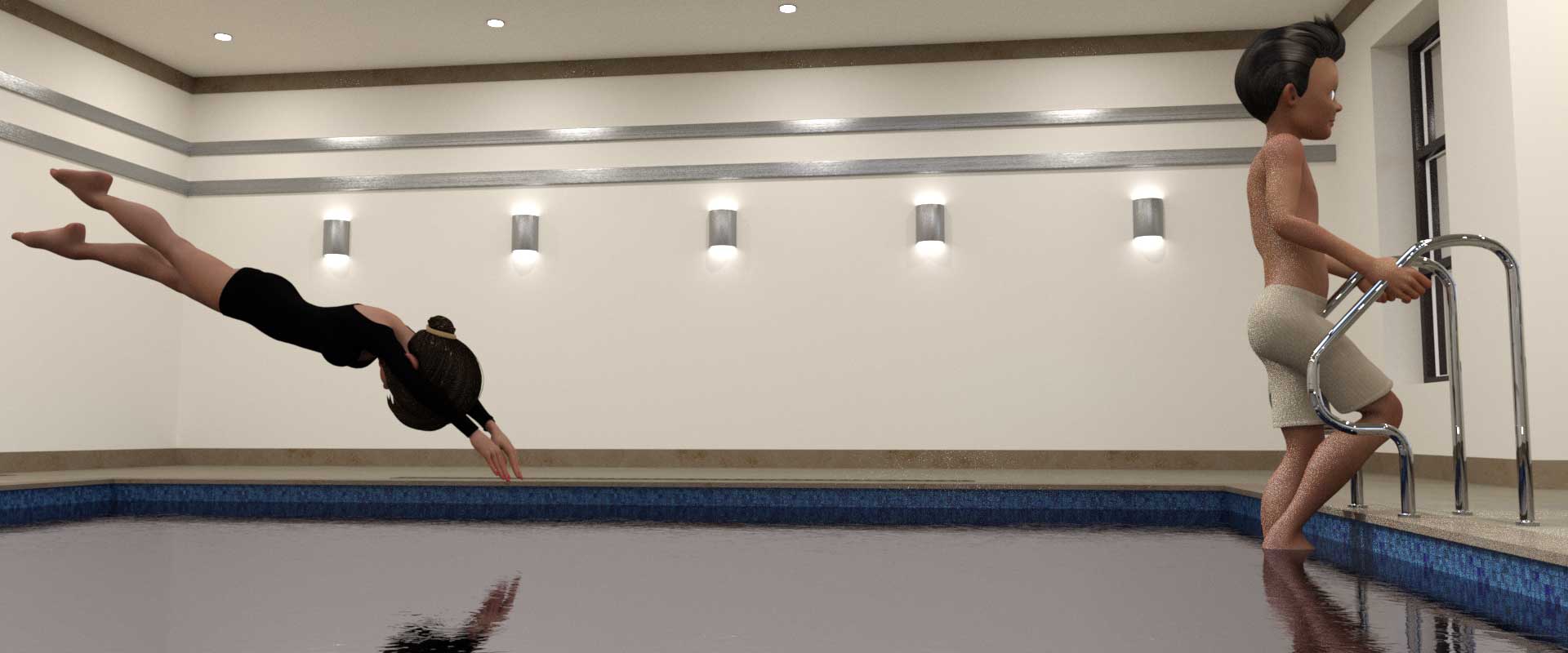
Swimming is one of the most accessible forms of exercise and it can also be one of the most effective. Swimming is low impact, can be done by just about anyone, and provides a full-body workout. The water acts as an additional resistance and works to strengthen your muscles while you’re swimming. That being said, swimming as a weight loss workout has its upsides and downsides. Here we’ll discuss why swimming as a workout can help you lose weight, how often you should swim as a weight loss workout, common safety precautions when swimming for exercise, and other things to know before starting a regular swim programme.
Unlike some other forms of exercise, swimming is relatively low-impact and can be done by just about anyone. Even people with disabilities can swim. That makes swimming a great option for people who want to incorporate more physical activity in their daily lives, but who may not have the ability to participate in more rigorous activities.
Swimming can also be a great form of exercise for people who want to start increasing their activity levels, but may be recovering from an injury or illness. Swimming may offer a lower risk for injuries than other activities. Other people may be more experienced, but may still have disabilities that make other forms of exercise dangerous. Either way, swimming has low-risk factors that make it a safe option for just about anyone.
Swimming provides a full-body workout. You’ll work your arms, shoulders, chest, back, abdomen, legs, and feet while swimming. Swimming can also help strengthen your core muscles. Your legs are the main muscles used when swimming, so you can use them to strengthen your core muscles. This will help improve your balance, flexibility, and posture while also increasing your functional strength. Swimming also helps to improve your cardiovascular health, which is important for overall health.
Swimming is low impact and provides a low risk for injuries, so it can be a great workout for those who want to increase their activity levels without increasing their risk for injuries.
Safety is always a primary goal in all of your fitness efforts. Before you begin swimming as a weight loss workout, you should make sure you’re aware of some safety precautions you should take. When swimming, you may want to make sure your head is above water at all times. Also, when you’re in the water, be sure not to overexert yourself by doing anything that is beyond your current physical capacity.
If you have any health issues that might affect the amount of exercise you can do, make sure to discuss them with your doctor before starting a swimming programme. Swimming can be a beneficial weight loss workout, but it should be done with caution if you have any health conditions that might be affected by physical activity.
Swimming may be a low-impact exercise, but it can still be an effective weight loss workout. That being said, swimming as a weight loss workout has its own set of weight loss pitfalls. Whilst swimming can provide a great total body workout, it can also be easy to overdo it when you’re trying to lose weight.
Here are some common weight loss pitfalls associated with swimming as a workout.
Swimming too often: Swimming is low-impact, but it can still be strenuous if you do it regularly. If you swim too often, your body may get used to the activity and you may no longer experience the same results.
Swimming too long: Swimming is low-impact, but it can be strenuous if you do it too long. If you swim for an extended period of time (more than perhaps an hour), your body is going to experience some degree of fatigue. If you’re trying to lose weight, you may overexert yourself and be less likely to keep it up.
If you have any health conditions that might be affected by physical activity, make sure to discuss them with your doctor before starting a swimming program. In fact, if you have any pre-existing health conditions, it’s important to keep them in mind while you’re participating in any type of physical activity.
Pre-existing conditions to avoid include: Any type of heart disease, including coronary artery disease, heart rhythm problems, or high blood pressure. Any type of blood clotting disorder. Any type of asthma, COPD, or other lung disease.
If you have a pre-existing injury, you should avoid strenuous activities to prevent re-injury.
Swimming as a workout is great for overall physical and cardiovascular health, but it's important to remember that swimming can also be an effective weight loss tool. To maximize your results from swimming, follow these 3 tips.
Swimming is a low-impact exercise that can be done by just about anyone and provides a full-body workout. Swimming can also be an effective weight loss tool, but it has some weight loss pitfalls. Make sure to follow these tips to reap the benefits of swimming as a weight loss workout without the pitfalls.
Swimming can be difficult to maintain as a weight loss tool, but it can be effective if you follow the above guidelines.